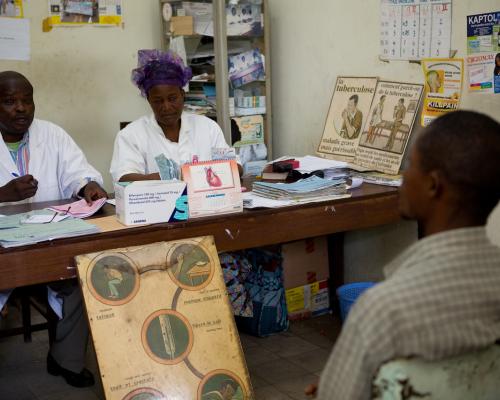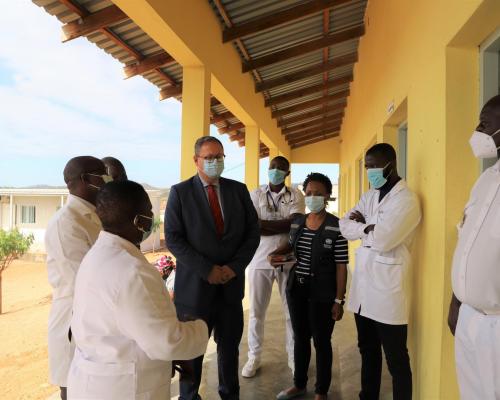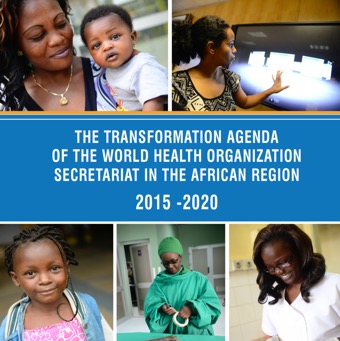Eswatini Strengthens Health Workforce Planning with Evidence-Based Staffing Norms to Accelerate Universal Health Coverage
Mbabane, Kingdom of Eswatini – 20th October 2025 – The Ministry of Health, in collaboration with the World Health Organization (WHO), is developing evidence-based staffing norms for public health facilities. This strategic move builds on the implementation of the WHO Workload Indicators of Staffing Need (WISN) methodology, marking a significant step toward equitable health worker distribution, efficient deployment, and improved governance in health workforce planning.
Like many nations, Eswatini faces persistent challenges in Human Resources for Health (HRH), including shortages, uneven distribution, skill-mix gaps, and weak planning systems. Currently, most health facilities are staffed based on the previous staffing norm developed in 2016, leading to disparities, overburdened staff in some locations, and underutilization in others.
“WHO Country office is supporting the Kingdom of Eswatini to align with global and regional health standards. The Global Strategy on Human Resources for Health: Workforce 2030 and regional, the Health Workforce Strategic Plan 2020-2030, the Eswatini National Health Sector Strategic Plan (NHSSP) 2024-2028 are the strategic documents that guide interventions for health workforce. In support of the MoH NHSSP, WCO is operationalizing the Health Workforce Strategy 2025-2030 and to date some milestones have been achieved in comprehensive collection of annual workloads for doctors, nurses, dentists, laboratory, radiography, and pharmacy and health workforce data for all (102) public health facilities and data analysis for developing evidence-based staffing norms.” Dr Susan Tembo, WHO Representative Eswatini.
The WHO Workload Indicators of Staffing Needs (WISN) methodology provides a globally recognized framework for determining the number and skill-mix of health workers needed to meet actual service demands. It generates robust, context-specific evidence to guide the development of staffing norms that are technically sound, responsive to Eswatini’s health service needs, and financially sustainable.
“MOH, is collaborating with stakeholders and partners, in implementing its HRH Strategy and one of the key interventions is to develop a staffing norm following WHO Workload Indicator of Staffing Need method, to determine the number and skill-mix required in Health facilities, and this will improve service delivery and ensure a safe working environment for health workers.” Tiphotonkhe Makama, Under Secretary for Administration, Ministry of Health, Kingdom of Eswatini.
The exercise is being conducted through a multi-stakeholder approach, involving national and regional health managers, professional regulatory bodies, experienced health workers across various cadres, and representatives from different regions. This inclusive process ensures that the resulting staffing norms reflect service delivery realities, are widely owned, and have the credibility needed for national adoption.
“Eswatini is demonstrating bold leadership by embracing data-driven approaches to health workforce planning,” said Dr. Sunny C. Okoroafor, Technical Officer, Health Workforce Management and Retention, WHO African Regional Office. “This shift to workload-based staffing norms will enhance service delivery, promote fairness in health worker distribution, and ensure that investments in the health workforce yield measurable results.”
As part of ongoing efforts to institutionalize evidence-based health workforce planning, the World Health Organization (WHO), in collaboration with the Ministry of Health, facilitated a Training-of-Trainers (ToT) workshop from 14th to 18th July 2025. The workshop aimed to build the capacity of 45 national technical task force members to effectively apply the WHO Workload Indicators of Staffing Need (WISN) methodology in developing national staffing norms that support people-centred service delivery. In addition, two rounds of national workshops were conducted from 21st to 25th July 2025, supporting health workers in defining scopes and standards of practice across all levels of care—namely Primary Health Care Level 2 (clinics and public health units), Secondary Health Care Levels 3 and 4 (health centres and regional hospitals), and Tertiary Health Care Level 5 (specialist and national referral hospitals). These coordinated efforts have laid a strong foundation for harmonized service delivery, clarified role definitions, and enhanced accountability within Eswatini’s health system. The process also informed comprehensive data collection across all public health facilities in the country, further strengthening the evidence base for workforce norms development based on workloads.
As demand for health services grows and the need to strengthen the health system becomes more urgent, the WISN findings will serve as a transformative tool for ensuring fairer distribution of health workers, optimal utilization of public sector staff, and better alignment between workforce supply and population needs. By embedding evidence into planning, Eswatini is taking bold steps toward achieving Universal Health Coverage and healthier futures for all.


